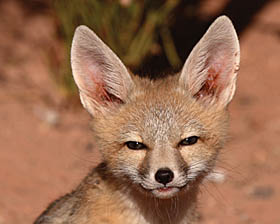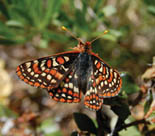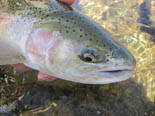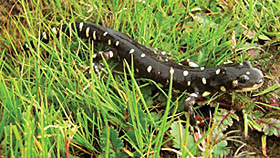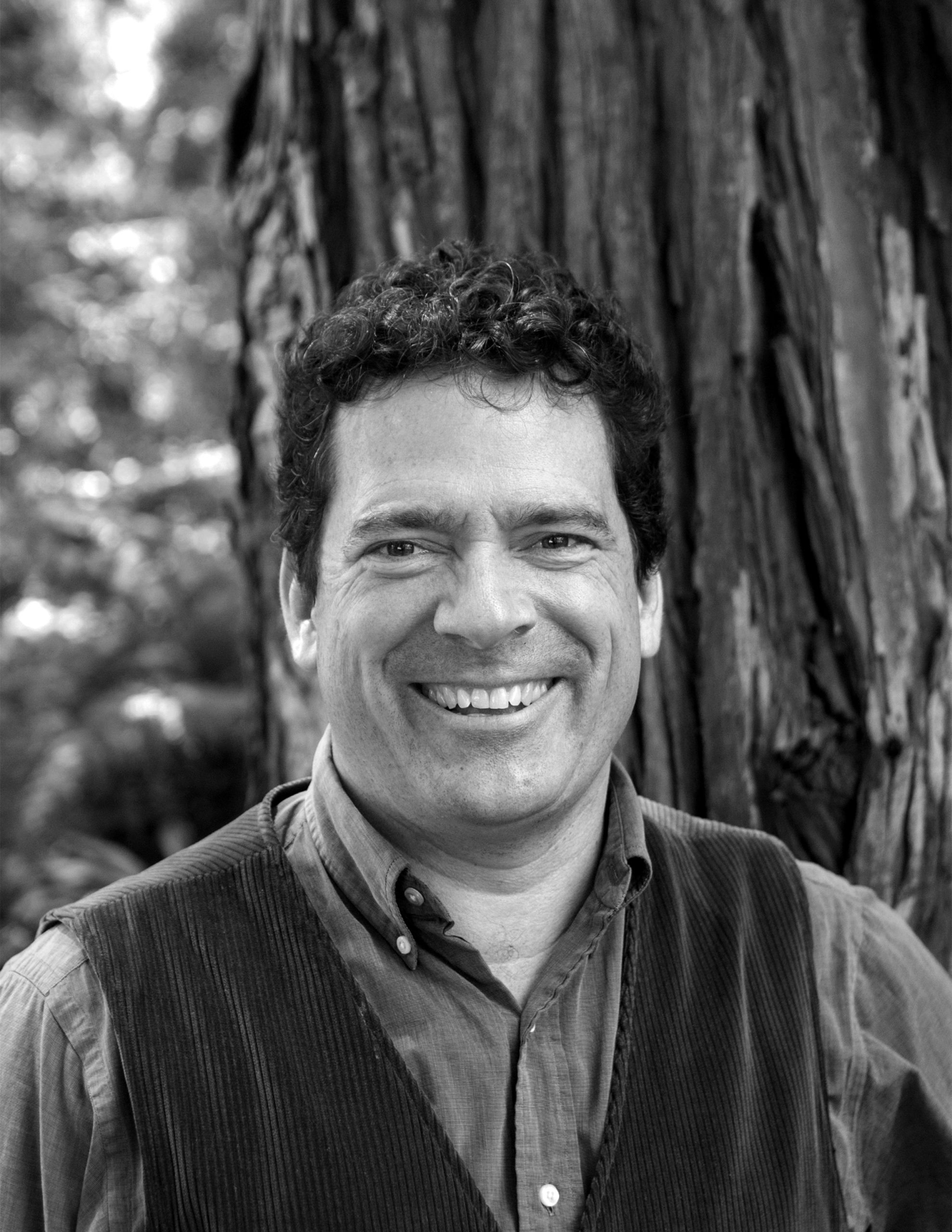This magazine has documented how the good political intentions of environmental protection laws can create perverse economic incentives to do just the opposite. You already know, for example, how the Endangered Species Act set out in 1973 to prevent threatened plants and animals from going extinct. You know how despite glossy images of rescuing big and furry charismatic megafauna like grizzlies, panthers, and bald eagles, the biodiversity law quickly morphed into a world of projects frozen by small and slimy uncharismatic mini-uglies with ridiculous nameslike snail darters, blind salamanders, kangaroo rats, fairy shrimp and, my personal all-time favorite, the Delhi Sands flower-loving fly.
You know the discovery of these federally listed species can result in the U.S. Fish and Wildlife Service unilaterally designating private property as ecologically valuable critical habitat, limiting freedom to develop it. And you know that, rather than risk loss of economic value under the imposition of heavy-handed regulations, rational landowners are motivated by self-interest and fear to quietly destroy—aka “shoot, shovel, and shut up”—both the rare critters and the critical habitats they need to recover and thrive.
Given all that, what should you make of Kent Carter? First, he invited scientists to scour the 1,500- acre ranch of which his family is a shareholder. Next, he asked these ecologists to look hard for signs of threatened and endangered plants, fishes, amphibians, birds, and mammals. Finally, when they informed him that they found several federally listed species, he recalled, “We had a celebration.”
Celebration? Wait, surely he meant to say lamentation. What’s going on here? Carter is way too young to be eccentric; too deep in debt to be philanthropic; too entrepreneurial to be wooly-minded.
So if Carter’s crazy, well, then he’s crazy like a…San Joaquin kit fox, which happens to be another endangered species that he hopes will den on another East Bay property he’s scoping as an investor.
A NEW BREED OF CAPITALIST
Spend enough time with Carter and you see a savvy new breed of capitalist, one who is planning to make green by going green, squeezing profits from the ragged margins of both spreadsheets and landscapes. Carter readily acknowledges that the Endangered Species Act has its flaws. He’s seen it polarize older patriarchs, who fume that modern Americans value wild, rare, vermin species like coyotes or bobcats more than the domesticated plants and animals these ranches and farms produce.
“I see where they’re coming from, but, look, the ESA is what it is,” Carter says with a shrug. “It’s been around for four decades. So let’s move on and figure out how to find opportunities to do what we need to do.”
Opportunities? Well, yes, it turns out that if you look closely (as Carter has), there is flexibility built into the ESA. Habitat Conservation Plans, Conservation Banking Agreements, Safe Harbor—these tools offer legal protections and incentives in the form of mitigation credits, much like the credits for conserving or creating wetlands, which, naturally, is something else Carter has begun to aggressively implement on the ranch.
MAKING A MARKET APPEAR
Here’s how a previously nonexistent market becomes visible: whenever Carter slows runoff and creates two acres of an upland wetland, he can earn money by selling certified credits to a neighbor who destroys one acre nearby. When Carter halts erosion, adds shade trees, and improves riparian lands, he can sell those endangered steelhead credits. When he kills alien bullfrogs and restores or creates new marshy areas for endangered red-legged frogs, he can sell those habitat credits as well. He points out patches of other rare, indigenous plant species he can’t name, and isn’t emotionally attached to, but which the botanists got excited about and so he expects will have value in exchange for habitat credits down the road.
Cash Carter earns from trade in habitat credits can be reinvested into further replenishing the landscape— ecologically degraded over the past century of heavy ranching. Or he can take the money and sink it into shares of ecologically (and thus economically) undervalued farms and ranches elsewhere.
POTENTIAL PROBLEMS
Too good to be true? It seems to work, although two potential challenges will test the long-term viability of his business model: demand and scalability.
Will the market for his ecosystem service “product” keep growing? The U.S. economic crash was largely due to a glut of new real estate development; 5 million homes sit vacant. It may be a long time before backhoes, bulldozers, chainsaws, and shopping centers get back to the task of destroying critical habitat and, hence, fueling demand for the credits he generates for sale.
So Carter invested his time at PERC to better focus his crosshairs on those degraded landscapes that lay within striking distance of cities. He found one primary demand driver is infrastructure growth. Driving half an hour north of the Golden Gate Bridge, he’s pointing left and right while occasionally slamming on the brakes whenever the traffic jams. “See how Highway 101 went from four lanes down to two? That’s going to change; this artery will widen. That airport over there? They’re expanding the runway 1,100 feet into wetlands and critical habitat to accommodate more and larger airplanes. The SmartRail sign? A mass transportation corridor iscutting right through the ecologically rich San Petaluma River watershed. They don’t have a choice, responding to pressure. All of this paid for with gas taxes and federal stimulus funds; the government is trying to show itself a good neighbor, playing by the rules, and complying with environmental laws. Public demand for conservation credits is there.”
A secondary demand driver is escapism. People who live and work in big cities often want very badly to get out of those cities and into nature. City parks don’t cut it. Carter himself is Exhibit A. “I spent years riding the dotcom wave but much of that time as a desktop rancher, wanting to get out and breathe, and ride, and hike. I’m not the only one.”
A harder challenge is scalability. Carter worked in the start-up world long enough to know what venture capital wanted, and it wasn’t a lone consultant. It is money into restoring a degraded farm or ranch. But until human cloning becomes viable, there is no way to replicate a custom-tailored-expert-service-business-ofone- employee into a venture that can be grown, marketed, and perhaps one day sold. But two weeks at PERC suggested an additional potential revenue stream, right under his nose.
MORE THAN A MIDDLEMAN
When scientists are free to do what they love, they do what they love to do: analyze the complex dynamics of indigenous plants and beasties. But scientists are typically lousy at what they have to do: interact with people who pay them for their analysis and recommendations. Nature wonks are rarely social animals; most would rather avoid people altogether if they could. So Carter saw how he could step in as the middle man, link his marketing skills to their know-how, and package the overarching venture as a server/provider with reliable, clear, and timely reports to investment funds that need to make sound and informed decisions.
The pieces for this part of his venture are still falling in place. But his advantage, again, comes through his experience. “When I go to landowners, I’m not just a visiting consultant with no skin in the game. I can tell them and show them ‘Hey, look, I’m doing this on my own property and it’s helping me pay off my mortgage to the bank,’ at a time when others are facing foreclosure.”
When he talks this way, Carter comes off as a hardnosed, calculating, short-term salesman. But then thirty seconds later he sounds like a visionary trying to help the old guard recognize the real worth of their land through a fresh and unorthodox lens.
“The thing about all this,” he says, throttling up a steep slope, shouting over the motor, “is that red-legged frogs aren’t in danger so much as the habitat, and that means the value of the property itself is what’s at risk. We can use the law to secure the property, to improve its health. We have the frogs here. It’s not like we have to truck them in. But if we can get them to spread out here—and by example on neighboring farms—then we’ll have something solid.”
When we reach the summit and kill the engine there’s a panoramic view in all directions. But our attention is drawn over to something moving slowly off into the bushes. Bobcat. Only the second one I’ve seen in my life. Some ranchers would have reached for a gun to clean their property of this vermin. It’s not endangered, and Carter can’t earn any habitat points for having it on the land, but as he watches it his voice gets hushed and you sense that, for all the wheeler-dealer talk about buying and selling abstract credits for cash on the margins, there might be an even deeper driver for Kent Carter.
